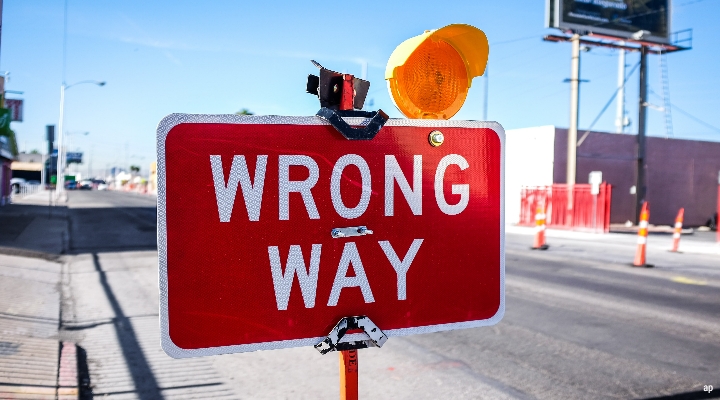
Coming to the end of 2022, we are a year into a bond bear market. Yields have risen and spreads have widened, delivering the worst returns we have seen across rates and credit markets in decades. As of the end of November, gilts have a year-to-date return of -21.5%, sterling investment grade bonds -18.3% and sterling high yield bonds -11.1%. These moves have been broadly reflected across the euro and dollar markets. There really haven’t been many places to hide!
The main driver of this sell-off has been a sharp move higher in policy rates and rate expectations in the face of much higher inflation. The major central banks have delivered a sustained rate hiking cycle while consistently talking up their determination to squeeze inflation. Having raised rates by 375 basis points (bps) year to date, the Federal Reserve has said that it is still “laser-focused” on reducing inflation and will risk cooling the economy to do so. Economic sentiment has fallen hard.
As we look to 2023, the prospects are for continuing high inflation, further rate hikes and slower growth and recession. However, as bond investors, we also see a market where the balance of reward for risk is better than it has been in many years. We are positive about the outlook for our markets.
The UK interest rates is 3% and the Fed rate is 4% (upper bound). Markets have already priced in further increases, with a terminal rate of about 4.6% for the UK and 5% for the US. There is good evidence to suggest that inflation in the US and the UK has already peaked or is close to peaking.
Increasing Rate Risk Exposure
While we continue to be concerned about the potential stickiness of inflation in the system, we feel that the level of rates now priced in (ie government bond yields) are a reasonable compensation for interest rate risk. This was not the case a year ago. We have been increasing exposure to interest rate risk throughout the year. For the first time in many years, my sterling investment grade funds now have approximately the same duration as the sterling investment grade market.
Credit spreads - the gap between bonds with different credit quality - have also increased. Outside of the crisis periods such as the Global Financial Crisis, spreads have rarely been wider than they are today. But unlike those crisis periods, the banking system remains secure and well capitalised. The risks this time are not systemic. That gives us confidence to buy corporate bonds.
There are a lot of macro issues to worry about. There is an ongoing energy crisis, a wider cost-of-living crisis, and inflation is still high. None of these are good for consumers and economic growth. We are either in, or about to enter, recession in the UK and in many other countries. For corporate bonds, and especially high yield bonds, this is still something to worry about over the next several quarters.
However, unlike the start of 2022 when our options were very limited, today we feel we have plenty of options. The yields available on investment grade bonds are now higher than they were for high yield bonds at the start of 2022. Yields on UK gilts, investment grade bonds and high yield bonds all recently reached 10-year highs. We feel the balance of yield to risk in the investment grade market is more attractive than it has been in a long time.
Looking ahead, inflation will remain key to markets and the strength of the real economy will also be a very important factor next year. However, the great news is that right now we can find very good income without exposing the portfolio to too much credit risk.
Michael Matthews is co-head of fixed interest at Invesco



























